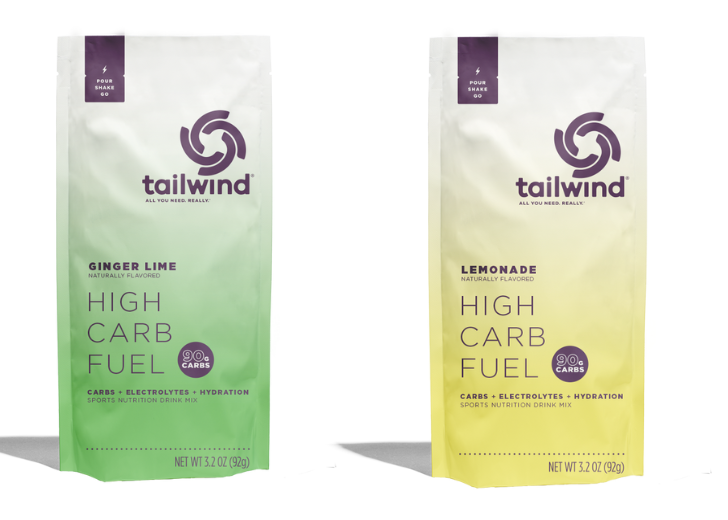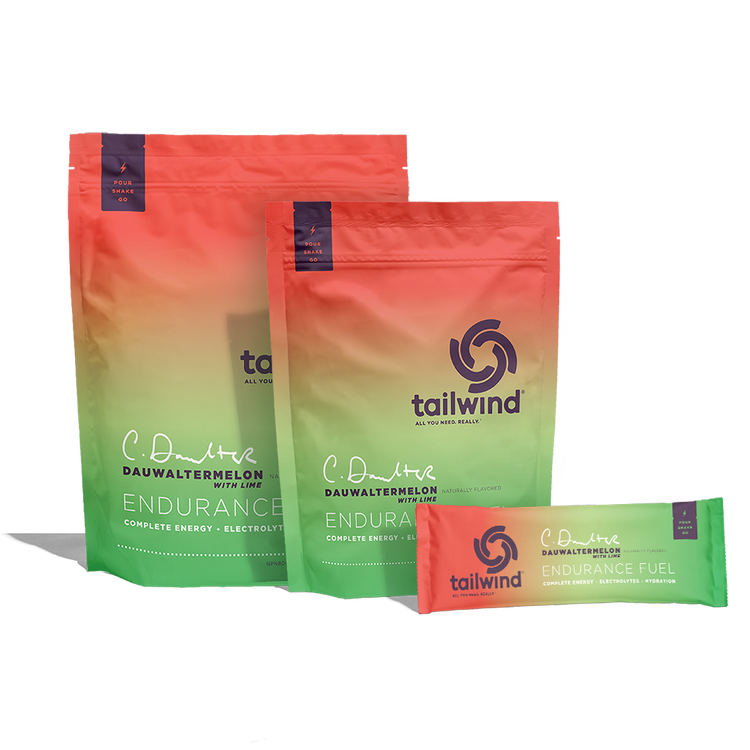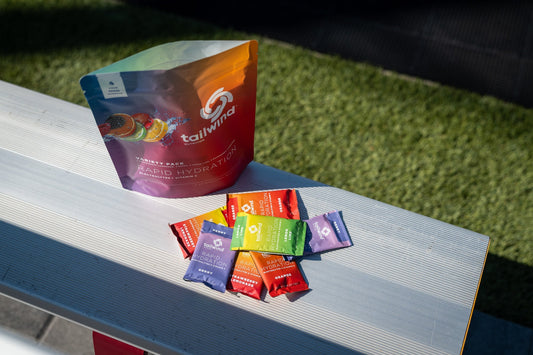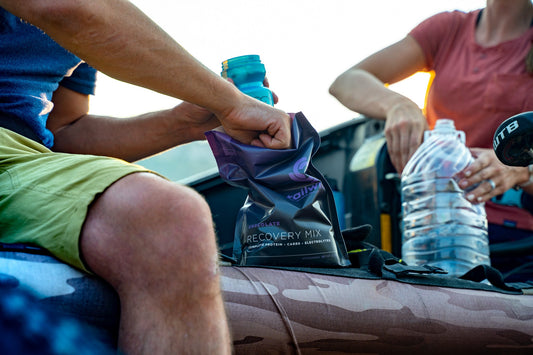The Great Sugar Debate
0 Comments
Sugar is one of the most controversial ingredients in sports nutrition products. The mass over-consumption of sugar in the U.S. and its contribution to the obesity epidemic has demonized sugar as the worst thing a human being can put in their body. Period. Nutrition brands that are designed to fuel you during exercise now use “No Sugar/Low Sugar” as an attraction to their product, but the reality is that their product(s) do contain sugar. A known sports nutrition brand claims to contain no sugar at all. But upon closer inspection it is revealed that its first ingredient is fruit juice, which is nearly all fructose - a form of sugar.
Another company builds their product choice on “Cut the Sugar” even though their primary carbohydrate is maltodextrin. Interestingly, the FDA does not require maltodextrin to be labeled as a "sugar" even though that's precisely what it is. Maltodextrin consists of D-glucose units (dextrose) connected in chains of variable length typically from three to seventeen glucose units long. So don't be deceived by the nutrition label. While maltodextrin consists of glucose chains, only chains that have two or fewer glucose molecules are labeled as sugar on the nutrition facts panel.
Sugar = Fuel
If we look past the knee-jerk sugar condemnation, the truth is that sugar (in the form of glucose) is what fuels our muscles, brain and organs. Without it we wouldn’t last long and we certainly couldn’t engage in any endurance sports. Our muscles and liver are like energy banks with about one day’s worth of glycogen (CHO) stored in them. During exercise, the glycogen is converted into glucose that muscle cell mitochondria use to produce energy in the form of adenosine triphosphate (ATP). Muscle can usually store enough glycogen for about 60-90 minutes of high intensity exercise after which time these stores need to be replenished by consuming carbohydrates (sugar).
Carbohydrates improve athletic performance by delaying muscle fatigue and allowing an athlete to compete at higher levels for longer. As exercise increases, muscle glycogen becomes used up, which causes a higher need for carbohydrates. Many athletes, however, follow low carb high fat (LCHF) diets in an effort to shift fuel consumption to fats instead of carbs. The reality is, though, that we need BOTH for a successful fueling strategy. Our body uses the sugar for periods of high intensity, and uses the fat for times of low intensity. Your body uses a combination of what you are taking in, your glycogen stores and your fat stores, to fuel itself. THAT’s the balancing act.
Low Sugar Means Trouble
When there is glycogen depletion, muscles increase the utilization of protein and amino acids to produce glucose. Since protein and amino acids are the building blocks of muscle, they essentially feed on themselves for energy purposes. This can lead to muscle damage and can interfere with glycogen storage and synthesis. This is the opposite of what an athlete wants. The fact is that athletes often have difficulty ingesting enough fast-acting carbs to drive them to the finish line – particularly in high intensity and/or endurance events. During a triathlon, for example, competitors may burn up to 800 calories per hour, but most can only absorb 200-300 at best. So the trick is to maximize your caloric consumption in the most efficient way possible without overloading your gut with more calories than it can process.
The Sugar Balancing Act
That is where Tailwind comes in. The carbs in our endurance fuel are simple sugars, like glucose, which need little to no digestion and which go directly to energize your muscles. This allows athletes to power up with minimal impact to the gut. Is sugar necessary for endurance athletes? Absolutely! But the key is the type and quantity of sugar you ingest during exercise. Tailwind has nailed this carb balancing act with just enough fast-absorbing and fast-acting sugars to keep you moving – and stave off the depletion of your glycogen stores — without any lingering sweet aftertaste or residual carbs to mess with your gut.






